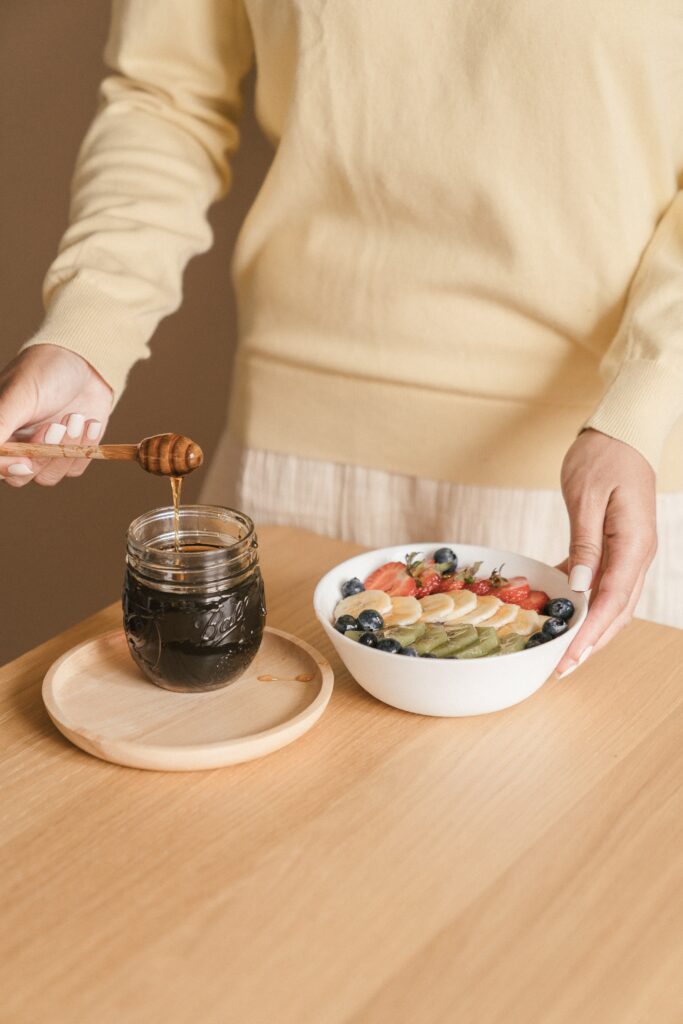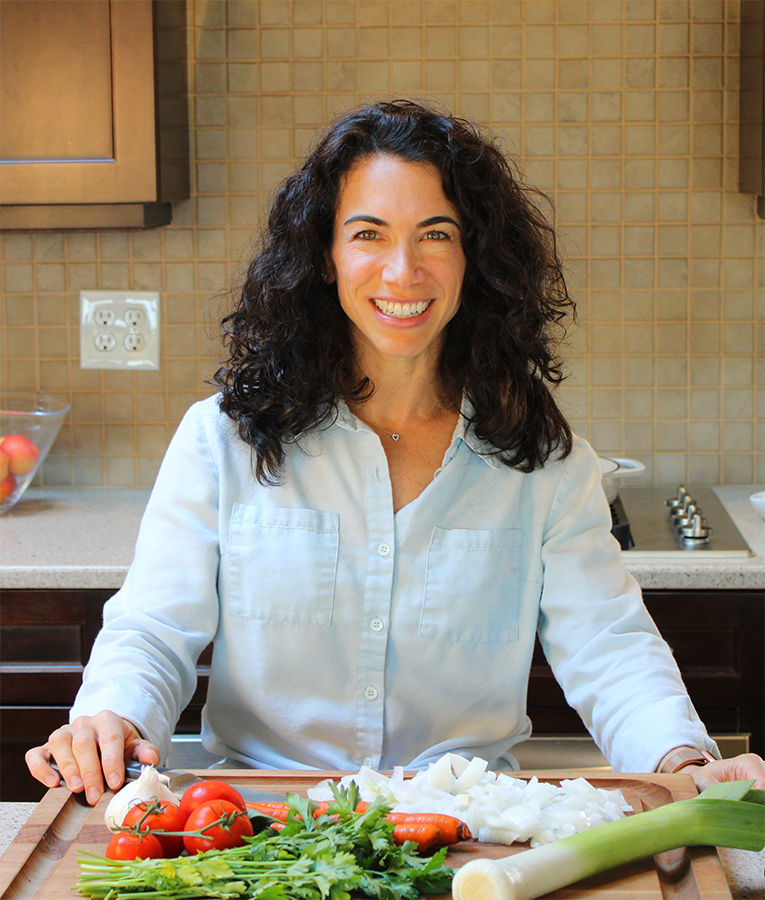Are you someone who tends to create lists of “good” versus “bad” foods? Do you feel guilt or shame when you are unable to only eat foods from your “good” list? Have you ever heard about the “all foods fit” idea, but don’t exactly understand what this means?
Origin of “All Foods Fit”
The phrase “all foods fit” is often used in the context of promoting a balanced and inclusive approach to eating. It emphasizes the idea that no single food or food group should be entirely excluded from one’s diet, as long as overall nutritional needs are met.
The idea of “all foods fit” originated with intuitive eating, which encourages people to have a healthy relationship with food, embrace a variety of choices while focusing on personal pleasure and mindful eating.
The “All Foods Fit” Philosophy
Different foods can provide a variety of nutrients and pleasure. When dietitians or doctors recommend that people adopt the “all foods fit” philosophy, it is usually to help people break out of the idea that any one food is inherently “good” or “bad.”
By telling to yourself and your kids that “all foods fit” you are emphasizing the importance neutralizing food and allowing yourself and your kids instead to focus on listening to one’s body, honoring hunger and fullness cues, and cultivating a positive attitude towards food.
This approach aims to counteract rigid dieting mentalities and promote a more balanced, sustainable, and enjoyable eating pattern.
Who Might Benefit?
The idea of “all foods fit” is enticing to many people because it helps stray away from all-or-nothing thinking. Below are subgroups of people who might benefit from this approach:
- People who have struggled with disordered eating. “All foods fit” can help people recover from disordered eating by helping them to develop a healthier relationship with food.
- People who are recovering from an eating disorder. When it comes to recovery, aiming for flexible thinking and eating is an enormous step forward, and moving away from labeling food as “good” or “bad” helps with recovery and healing.
- People who are trying to eat more healthfully. “All foods fit” allows people to focus on eating a range of foods, whether from whole or processed sources and and listening to their bodies, which in turn allows for better balance of nutrients.
- People who are trying to stop yo-yo dieting. “All foods fit” can help people develop a healthy relationship with food and make choices that are sustainable for their own bodies.
- People who are looking for an enjoyable and stress-free approach to eating. “All foods fit” can help people enjoy food more and to reduce the stress that is often associated with dieting.
Five Ways to Apply the All Foods Fit Concept
Here are five ways that you can implement the “all foods fit” concept into your lifestyle:
1. Challenge your food rules
Take some time to reflect on any food rules you may have, such as, “I can’t eat food past 6:30p” or “I have to eat a salad every day for lunch.” Once you have identified your food rules, start to challenge them. Are your rules based on fear, emotion, or a genuine belief that they are necessary for your health? Once you know the reasons behind your rules, you can start to challenge them.
2. Experiment with breaking your rules
Once you have challenged your food rules, you can start to experiment with breaking them. This doesn’t mean that you have to eat whatever you want, whenever you want. But it does mean that you can start to challenge your beliefs about what foods are “good” and “bad.”
3. Notice the small wins
Which foods are you successfully able to bring back into your house without feeling like you will either binge on it or need to remove it entirely? The goal of “all foods fit” is to develop a healthy relationship with food. This means accepting all foods can be a part of your diet and in your home versus on a forbidden list.
4. Include variations of your favorite foods
Are you telling yourself that you shouldn’t eat white rice, white bread or anything white for that matter? Try including variations of all carbohydrates into your life, be it brown, wild, white, red, yellow, etc. The more flexible we can get with the food, the better your relationship with it.
5. Make it personal
If you don’t enjoy a particular food because of its unhealthiness and that it also makes it taste crappy to you, then don’t eat it. As an example, I do not like the taste of Jiffy peanut butter and I also don’t love the partially hydrogenated soybean oil. As a result, I will tend to buy other peanut butter brands. On the other hand, peanut butter is delicious and I do not restrict having it in my house just because we eat a lot of it.
Final words
If you are struggling to move out of all-or-nothing thinking and into a place where “all foods fit,” it may be helpful to have a quick chat – I offer free discovery calls with no obligation, and we can see if you and me can be a good fit toward helping you and/or your family adopt the All Foods Fit approach.





thanks, interesting read
thanks, interesting read
I am glad it resonated with you!
thank you very much